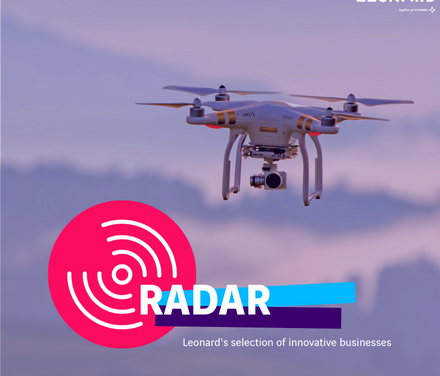
Since September 2017, the Dutch have been able to download a new app called SnailSnap to their phones. As the name suggests, the idea is to take photos of snails. The aim? Share your findings with the Naturalis Biodiversity Center’s database, which then automatically analyses the photo using intelligent image recognition systems, telling you, for example, whether or not urbanization is affecting gastropods habitat, living conditions and physical characteristics.
“Darwin comes to town”
This collaborative project was the initiative of Menno Schilthuizen, an “urban ecologist” and author of “Darwin comes to town” (March 2018), or “how the urban jungle drives evolution.” The author offers examples of Darwin’s theory in practice by examining how the characteristics of animals and plants adapt in urban environments as they’re exposed to noise and air pollution and human activity in ever-changing manmade environments.
In Holland, snails’ shells have changed color so as to better protect themselves from urban heat islands. While in Puerto Rico, the legs of a certain species of lizard have evolved so that they now grip concrete better. Japanese crows crack walnuts by placing them on the road for cars to run over. And finally, the wings of American cliff swallows have gotten smaller, so that they can take off faster when facing oncoming cars.
Document green cities
Do Menno Schilthuizen’s snails seem rather trivial? Well not really, if we consider that his research on such evolution is just the beginning towards creative new ways that humans and nature co-exist in cities. Incidentally, his work on urban Darwinism may have a dig at certain dominant urbanism dogmas. According to the biologist, the introduction of wildlife crossings, that are supposed to encourage the development of animal populations, could sometime be detrimental to their need to adapt to their local environment.
Schilthuizen’s work leads him to conclude that “if we want to make cities greener, then the best candidates for that would be species that have already adapted to urban conditions rather than species that you pick out of a catalog of a garden center.” In fact, just like what is witnessed elsewhere in research of wildlife in its natural habitat, the development of monitoring technologies (sensors, connectivity, cloud, data analysis, AI) makes it possible to document an entire section of what makes the basis for biodiversity in the urban environment to an unprecedented degree of precision. While Menno Schilthuizen highlights how certain species are incapable of adapting when faced with rapid urban transformation, he also dreams of “a monitoring system of urban evolution by which we use citizen science to constantly watch this process (of urban evolution) taking place.”
Urban biodiversity on the real estate industry’s agenda.
Furthermore, quantification tools like the City Biodiversity Index, is key in identifying the growing concern city dwellers seem to show towards urban biodiversity. Regarding this, the real estate industry is one of the most vocal. At the last MIPIM (the world’s leading property market), the International Biodiversity & Property Council (IBPC) launched a voluntary charter whose aim is to push biodiversity a little further into the industry’s preoccupations. Forty companies have signed the charter which aims to “integrate wildlife into every urban project,” following in the footsteps of other initiatives such as the BiodiverCity label, which presents a definition of biodiversity applied to the city (indicators for ecosystem biodiversity, and the interaction between man and nature).
According to Pierre Darmet, director of IBPC, a turning-point is upon us. “We going from ‘going through the motions’ to a systematic notion. We’re not looking to reach some environmental target, but rather, it’s the potential to welcome living species, which is different from the usual reasoning.”
While city councils are visibly changing their policies, measuring urban biodiversity Is on the brink of tapping into a market. Born from a partnership between VINCI Constructions and ArgoParisTech, the startup Urbalia offers the “first tool” that measures the biodiversity potential of an urban project. Its now the turn of urban wildlife to observe our society of statistics now relying on nature, and to get a better understanding of what truly characterizes it: classification and measurement.

